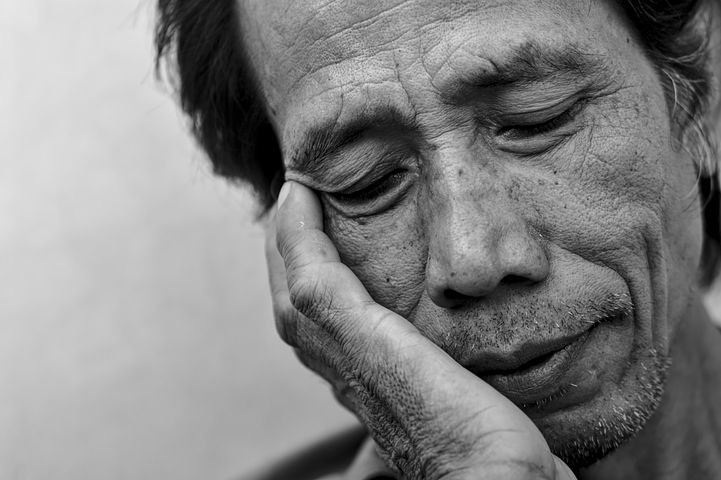
Thinking About Pain in New Ways
Are there different kinds of pain? How does pain overlap with our normal feeling and sensory life? Do we always have to chemically block pain, or can we also learn to re-educate the feeling life so that it does not stay stuck in a pain pattern? What happens when we use conventional pain medicines that simultaneously work on both physical and emotional levels—why does this contribute to addiction? These are challenging questions, but they form the foundation for a truly whole-person approach to health and illness.
Over the last six weeks I’ve had the chance to lecture about a fourfold approach to pain to medical and nursing students at the CU medical school, to undergraduate students at Metropolitan State University, and as part of the Academy of Integrative Health and Medicine (AIHM) annual conference in San Diego, one of the largest integrative medicine conferences held each year in the U.S. Each time people were excited to learn about a framework for pain which can thoughtfully approach the full spectrum of illness from body to spirit….

Pain is Feeling that has Become too Tightly Connected to the Body
Ever met someone who has a really weak and limp handshake, the kind where the hand flops around in your grip? It is not very satisfying. In fact, it can be a little disconcerting because you don’t feel like you have been properly able to meet or encounter the person. Where is she? What is he afraid of? If a sensation (like touch) is too small or too soft, then it is hard to register or orient to the sensation. On the other hand, if you meet someone who has an iron grip and makes you secretly worry that your fingers are being broken, that is not any better. That hurts! You think “I see you already, I acknowledge you. Let go now, please!” Too much sensation causes pain, whether it is too much grip, or too much heat from a flame, or even too much cold from an ice cube. Take any kind of sensation and exaggerate it beyond normal measure—too much touch, heat, cold, light, noise—and it can become painful. This is a concept anthroposophic medicine has been working with for nearly a century: pain is feeling that has become too tightly connected to an organ, or to a part of the body.

Pain, Sleep, Seizures: Windows to Healthy, and Imbalanced, Wakefulness
The beginning of August offered a powerful experience for me when a wide-ranging group of anthroposophic doctors, nurses and therapists gathered for a conference about “Transforming Chronic Pain–a Spiritual Task for Our Time.” The meeting included very inspiring presentations from several doctors in Europe, especially one with deep experience in palliative care and another with very poor and challenged patients in central London. After coming back to practice in Denver, I’ve been struck by the many different variations of pain and how it represents an imbalance, or a kind of distortion, of normal wakeful consciousness and of waking and sleeping processes. This has happened to me before: I go to a meeting and learn about special topic, then I come back and find a whole group of people who are struggling with just that kind of illness or injury and need this knowledge.